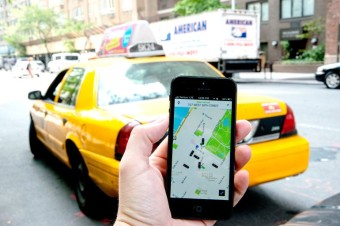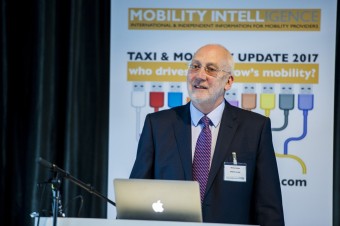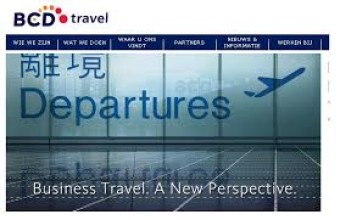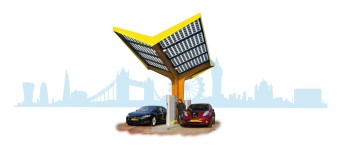IDTechEx Research forecasts the electric car market will be $249 billion by 2027
The electric car market will be $249 billion plus that for 48V mild hybrids with electric modes by 2027. The unique IDTechEx Research report Electric Car Technology and Forecasts 2017-2027 will assist investors, participants and intending participants in the value chain including manufacturers, developers, academics, government and users seeking the best forecasts and technology roadmaps based on new global investigation.
Only this report has the latest analysis by multilingual IDTechEx experts intensely travelling the world to the conferences, universities, companies and governments that will make it happen. The biggest change in cars for one hundred years is now starting, driven by totally new requirements and capabilities. They will cause huge new businesses to appear, but some giants currently making cars and their parts will spectacularly go bankrupt.
The report’s sober look at the detail reveals surprising aspects not popularly reported. For example, Fiat Chrysler is a laggard in EVs but they convinced us they are a leader in 48V MH. Why has Toyota just done a U turn on pure electric cars? Timing is all in this game.
Is there a hare and tortoise story here with Tesla terrifying the industry by becoming the Apple of automotive but acquiring major quality and financial challenges? Volkswagen and Daimler have become ambivalent about fuel cell cars and Toyota has just decided to go big on pure electric, in a change of emphasis. Hyundai say they are the end game, Honda says they are an important option and yet others call them “fool” cells. Who is right?
It is very important that readers escape the evangelism of so many commentators and access the sober analysis of companies such as IDTechEx. For example, this report breaks all the rules of safe manufacturing to radically change your product while increasing production one hundredfold yet we show how that is exactly what is happening with the lithium-ion batteries. Battery fires and explosions are ongoing but some car and battery makers have a superb record. Forecasts should not presume everything goes right. The anode, cathode, electrolyte and format are changing in a headlong race to smaller size and weight, less cooling and non-flammability.
- IDTechEx Research forecasts the electric car market will be $249 billion by 2027.









